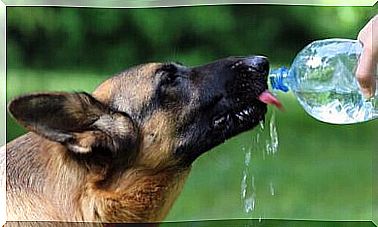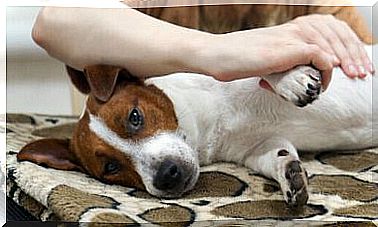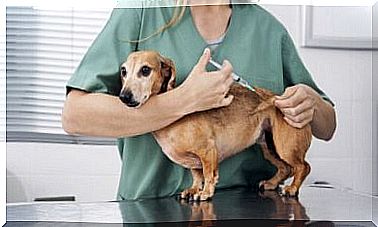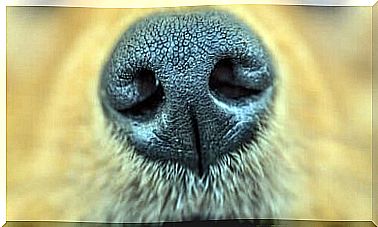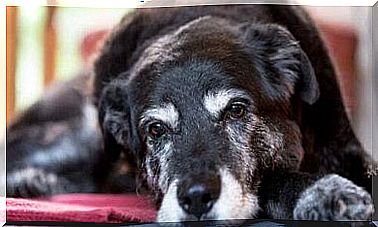How To Prevent Food Allergy In Dogs

Dogs, like humans, can suffer from allergies due to the intake of certain foods. The first thing to consider, in these cases, is that food allergies must be distinguished from the discomfort caused by a simpler intolerance. So let’s see how to recognize and prevent food allergy in dogs.
Food intolerances and allergies
In general, food intolerance causes the dog to excrete certain foods through vomiting or even diarrhea. And every time the dog eats that same food, the same “refusal” is highlighted.
Conversely, food allergies often produce more severe symptoms for the pet. For example, an annoying itch in parts of the body, such as the chest, legs, armpits, anus and ears. As a result, the animal scratches itself obsessively, increasing redness and inflicting even deep injuries.
Among the complications of allergies, we find infections generated by wounds caused by this excessive scratching. Other symptoms of a possible food allergy are red eyes and areas of the coat where, progressively, the hair decreases or falls.

The foods that most often produce these allergies are products such as chicken, veal, fish, eggs, lamb, corn, soy and wheat. These same ingredients are present in many pet foods ( feeds ).
Why does your dog have a food allergy?
As with humans, some proteins ingested in food are not recognized by the dog’s body. As a result, the body activates its immune system to fight them. When symptoms begin to be more pronounced and the dog owner suspects a food allergy, never take action alone, as the personal diagnosis may be approximate.
Many other diseases have symptoms similar to allergies. For example, some types of scabies, insect bites, the presence of intestinal parasites or even atopy and other infections. The veterinarian is the only one authorized to provide an accurate diagnosis and indicate the appropriate treatment or solution on a case-by-case basis.
How to cure food allergy in dogs?
When the vet detects the existence of a food allergy, he usually prescribes a diet in which the animal is deprived of the suspicious ingredient. The approximate time for this diet varies between 6 and 12 weeks.
After this time interval, the animal is fed normally again , this time however observing the possible reactions. It is a method used to confirm or deny the causes of the possible allergy. This process is called an elimination diet or challenge test .
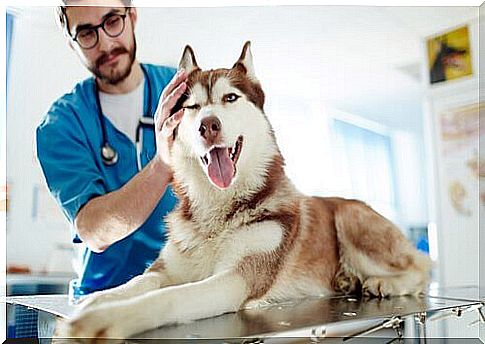
Those dogs that are allergic to a particular component will be given a special type of balanced feed which, however, contains hydrolyzed proteins.
This type of protein usually does not cause allergic reactions in the animal’s body, as the protein levels are degraded by enzymes that produce lighter peptides. These molecules are hypoallergenic and more digestible by your four-legged friend.
In addition to these special formulas, a homemade diet may be indicated in other cases , which allows you to control or prevent the intake of food allergens. The BARF home diet, specially designed for this purpose, is one of the most popular.
Another measure recommended by veterinarians, when a very strong allergic reaction is already present, is the intake of antihistamines and corticosteroids.
What is the BARF diet like?
The BARF diet for dogs is named after the English acronym for Biologically Appropriate Raw Food .
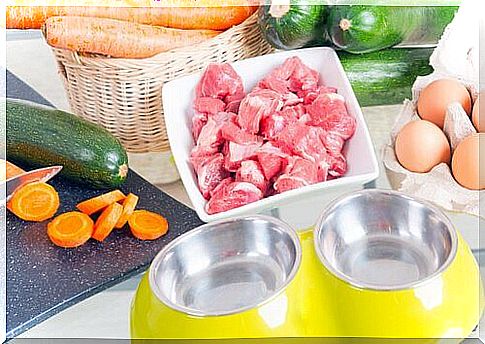
It consists of feeding dogs with the ingredients they would choose in their natural habitat. It is basically made up of raw meat and vegetable proteins, oils, yogurt, cheese and other carbohydrates. These foods are supplied completely raw or lightly cooked.
Certain types of bones can be added to the list of this special dog diet, along with internal organs, raw eggs, and some fruit. But any of these products could cause problems in your pet.
The BARF diet aims to mimic the ancestral diet of wolves and canids before domestication and the administration of industrial animal feed. However, there is some concern about the use of these products totally or partially raw. To prevent your dog from getting sick, we recommend that you freeze the rations for at least three days before feeding them to the animal.
A disadvantage of this diet is that its preparation can be laborious, expensive and unbalanced if it is not planned well. It should be remembered that industrial feed considers the nutritional and vitamin needs of dogs and cats, in an absolutely balanced way. That is, the risks of error are zero.
As you have seen, the problem of food allergy in dogs arises from a negative reaction to a certain ingredient. There are several solutions, but it must be remembered that any treatment you want to start must, always and in any case, be indicated by the veterinarian.
